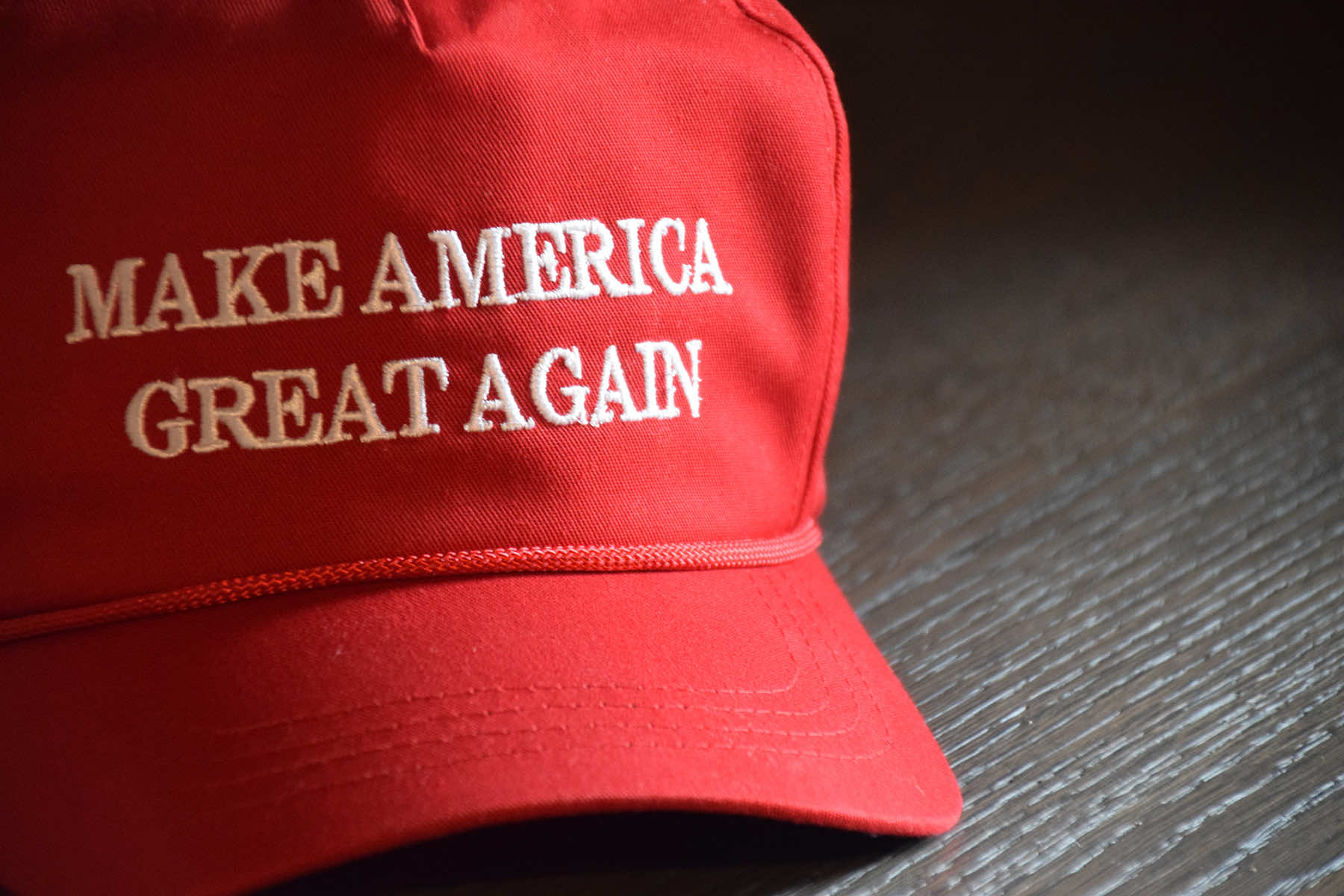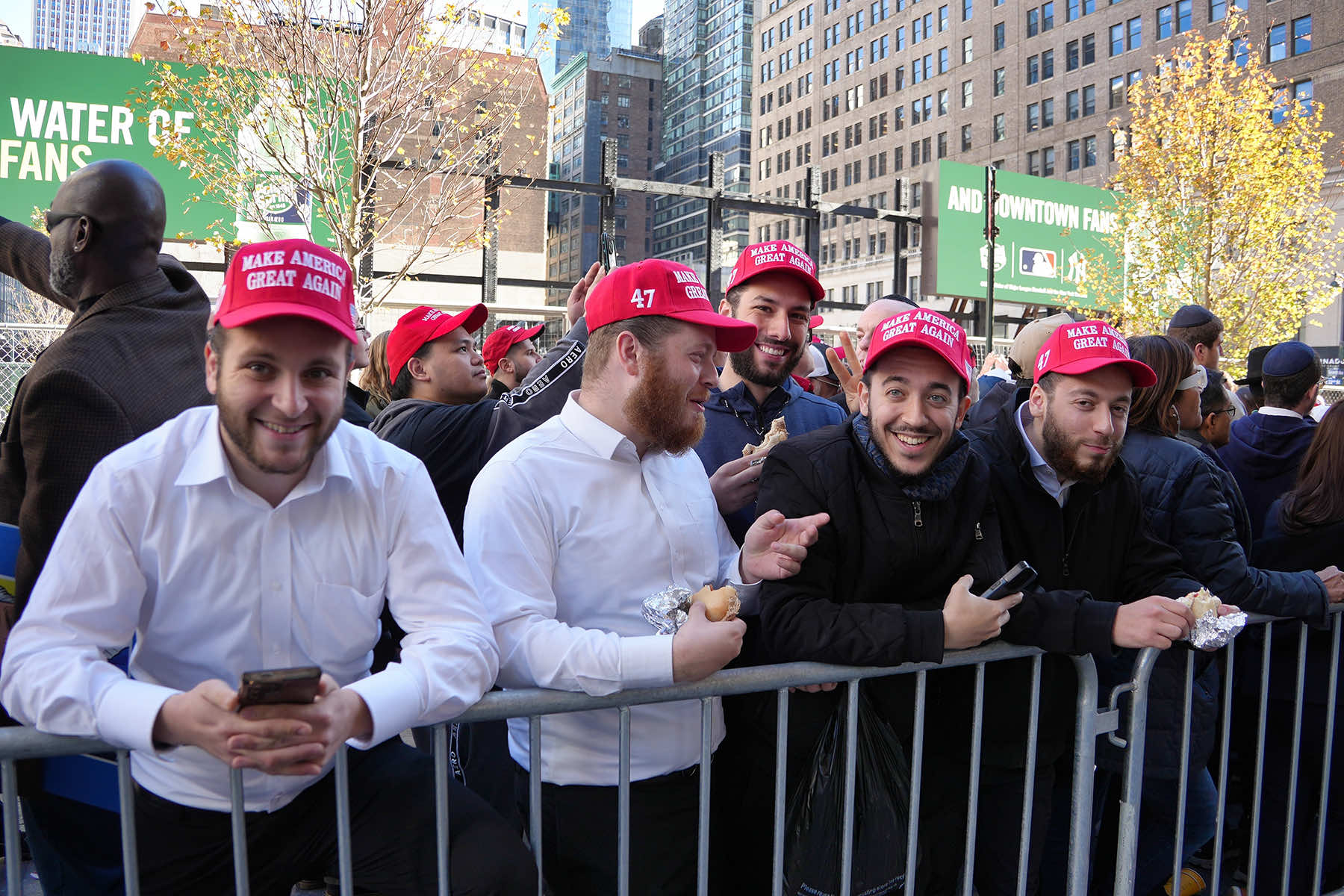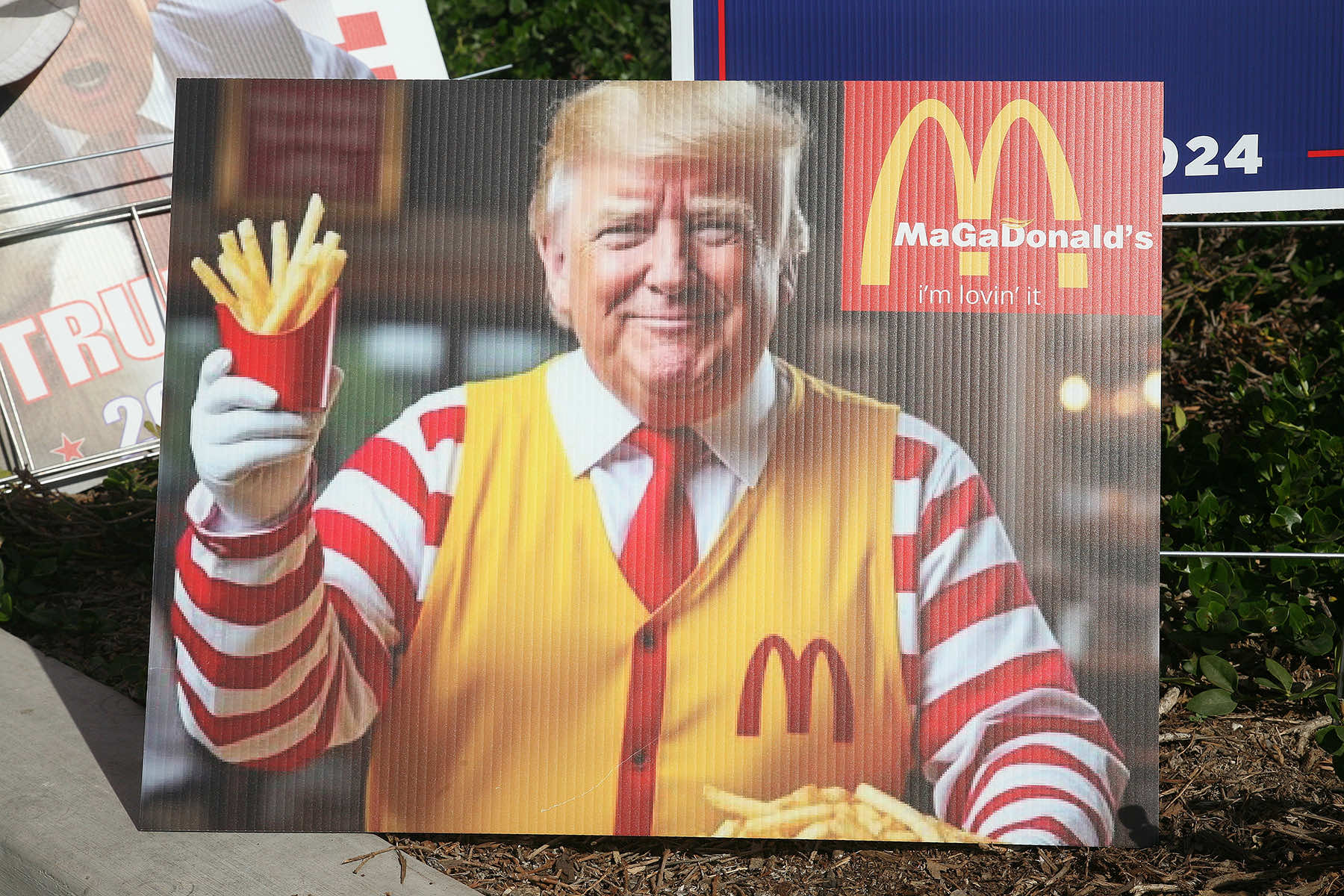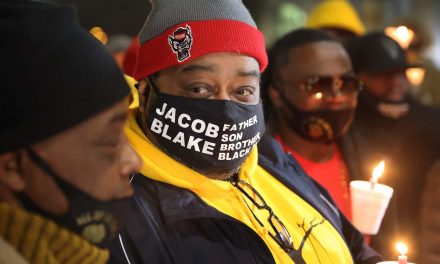
In the years since Donald Trump ascended to the forefront of American politics, the MAGA (Make America Great Again) movement has transformed into a potent cultural and political force.
Beneath its veneer of patriotism and populist rhetoric lies a troubling truth: the MAGA movement is at its core the ideological and rhetorical heir to the Ku Klux Klan (KKK).
While the MAGA movement lacks the overt violence and explicit racial terror of the Klan, its methods, symbolism, and goals echo a chillingly familiar story of White Supremacy rebranded for the modern era.
The comparison is not hyperbolic, it is rooted in history and the evolution of American racism. From the KKK’s origins in the ashes of the Civil War to the rise of MAGA as a reaction to Barack Obama’s presidency and a diversifying nation, both movements share a fundamental goal of maintaining White cultural and political dominance, by suppressing those they deem as “others.”
A HISTORY OF REACTIONARY POLITICS
The KKK emerged during Reconstruction, a time when White Americans, particularly in the South, grappled with the loss of slavery and the political enfranchisement of Black citizens. The Klan framed itself as a defender of “traditional” values, employing terror and violence to silence newly freed African Americans and their allies. It was a grassroots rebellion against progress, a desperate attempt to preserve a racist status quo under the guise of patriotism.
Similarly, the MAGA movement gained momentum in response to profound societal change. Trump’s 2016 campaign slogan, “Make America Great Again,” was intentionally ambiguous, allowing followers to project their own vision of a better past — often one rooted in racial and cultural homogeneity.
For many, the “greatness” evoked by MAGA hearkened back to a pre-civil rights America, before immigration reform, affirmative action, and the demographic shifts that now see White Americans on the verge of losing their majority status.
Much like the Klan cloaked its racism in the language of protecting Southern traditions, MAGA rallies its followers around a narrative of reclaiming America from perceived threats: immigrants, minorities, and progressive activists.
While MAGA lacks the formal structure of the KKK, its decentralized network of supporters, militia groups, and conspiracy theorists functions similarly to the Klan’s fractured but ideologically unified chapters.
THE RHETORIC OF DIVISION
One of the most striking parallels between the KKK and MAGA is their shared reliance on fear-based rhetoric. The Klan thrived on the myths of the “lost cause” – the noble fight of the Confederacy, and the “Black menace” which portrayed African Americans as threats to White women, property, and social order. The toxic narratives justified the Klan’s terror campaigns, from public lynchings to the bombing of Black churches.
The MAGA movement has similarly relied on demonization. Trump’s political ascent was marked by incendiary statements. Mexican immigrants were labeled “rapists,” Muslim refugees were branded as “terrorists,” and predominantly Black cities were dismissed as “crime-infested hellholes.” Those characterizations stoked fear and resentment, positioning marginalized groups as scapegoats for America’s economic and social woes.
The result in 2025 is a climate where hate crimes, racial violence, and far-right extremism have surged. While MAGA leaders may not openly condone such actions, their rhetoric creates fertile ground for radicalization, much as the Klan’s propaganda legitimized violence in the Jim Crow era.
SYMBOLS OF SUPREMACY
The Ku Klux Klan is infamous for its symbols like the white hood, the burning cross, and the Confederate flag. These icons were not only tools of intimidation but also markers of identity, signaling allegiance to a cause rooted in White Supremacy.
The MAGA movement has its symbols too. The red MAGA hat has become a cultural flashpoint, often viewed as a shorthand for exclusionary nationalism. MAGA rallies are replete with racist banners, neo-Nazi imagery, and slogans like “Build the Wall” — all of which echo the Klan’s obsession with racial purity and exclusion.
Perhaps the most striking visual overlap came on January 6, 2021, when insurrectionists stormed the U.S. Capitol. Amid the chaos, Confederate flags flew alongside MAGA banners, underscoring the ideological continuum between historical and contemporary forms of white supremacist rebellion.
SUPPRESSION BY DESIGN
While the Klan relied on outright terror to suppress Black political power, the MAGA movement employs systemic means to achieve similar ends. Republican lawmakers aligned with MAGA have championed voter suppression laws targeting communities of color, from strict ID requirements to reduced early voting opportunities. The efforts mirror the Klan’s historical tactics of disenfranchisement, updated for the modern era.
The 2020 election brought those strategies into sharp focus. MAGA supporters pushed baseless claims of voter fraud in predominantly Black and Latino districts, seeking to invalidate their votes. Their assault on democracy was not just about partisanship, but about maintaining a racial hierarchy in a country where the balance of power is shifting.
A SHARED GOAL: WHITE DOMINANCE
At its core, both the KKK and the MAGA movement are about preserving White dominance. The Klan fought to restore the racial order of the antebellum South, while MAGA seeks to halt America’s demographic transformation. The methods have changed, but the underlying ideology remains strikingly similar.
Both movements exploit economic anxieties to advance their agendas. The Klan framed Reconstruction as a threat to White livelihoods, while MAGA blames globalization, immigration, and diversity initiatives for the struggles of working-class Whites. Economic populism has been weaponized to rally support for policies that disproportionately harm minorities, from immigration bans to cuts in social services.
WHY THIS MATTERS
Drawing parallels between MAGA and the KKK is not about labeling all MAGA supporters as racists or equating modern conservatism with White Supremacy, it is about recognizing patterns in American history. The rise of MAGA underscores the enduring power of reactionary politics in a country still grappling with its legacy of slavery and segregation.
Ignoring such parallels allows history to repeat itself. The KKK was able to reemerge in the 1920s and again during the civil rights era of the 1950s and 1960s because its underlying grievances were never fully addressed. Those same conditions — a racially stratified economy, cultural polarization, and political scapegoating — are fueling MAGA today.
CONFRONTING THE ECHOES OF HISTORY
If America is to break the cycle of its detrimental culture wars, it must confront the roots of White Supremacy and not just its symptoms. That means acknowledging how systemic racism continues to shape policy, politics, and culture. It means rejecting dog whistles and coded language that legitimizes hate. And it means ensuring that history is taught honestly, so future generations can recognize the warning signs of resurgent extremism.
The MAGA movement may not burn crosses or don white hoods, but its impact on America’s racial and political landscape is no less insidious. It is a movement that feeds on fear, thrives on division, and seeks to turn back the clock on progress. And like the Klan before it, it poses a profound challenge to the ideals of equality and democracy that America claims to uphold.
© Photo
Shelby Griffith, Howard Weiss, Mike Ledray, and Leonard Zhukovsky (via Shutterstock)
















